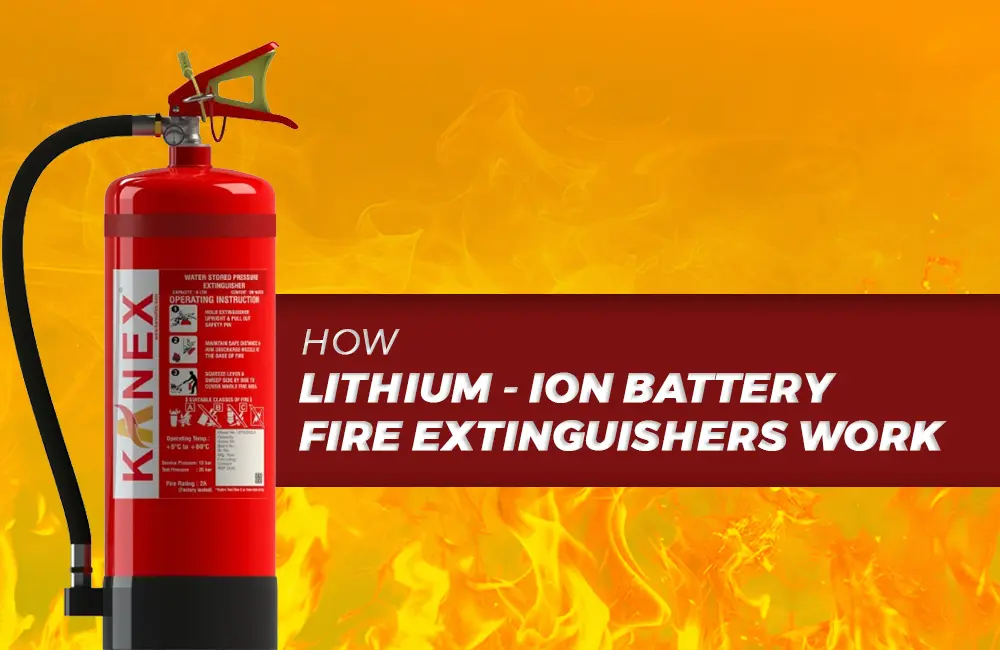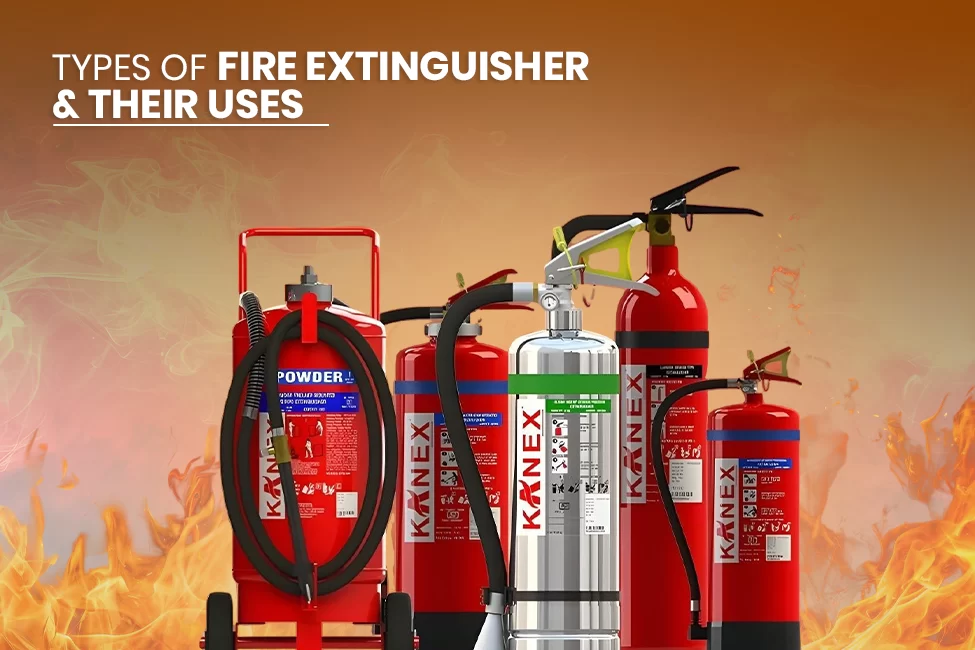Lithium-ion batteries are one of the most useful inventions in the history of technology. They power many modern devices, including smartphones, laptops, electric vehicles, and energy storage systems. Though their efficiency and reusability are highly praised, they also pose remarkable fire hazards. When damaged, overcharged, or overheated, lithium-ion batteries may fall into a very dangerous state called thermal runaway, leading to an intense fire that spreads quickly.
Standard fire extinguishers may not be effective in putting out lithium-ion battery fires. This is where Lithium Battery Fire Extinguishers become the talk of the town. They not only help to restore safety but also serve as lifesavers by offering high efficiency. This blog looks at the different types of extinguishers, how Lithium-ion battery fire extinguishers work, and why they are essential in a modern society driven by the technology that uses lithium-ion batteries.
AVD (Aqueous Vermiculite Dispersion) Fire Extinguisher
First of all, let’s see what vermiculite is. Vermiculite is a mineral-based non-flammable substance used to suppress fire and also for absorbing and containing flammable liquids or chemical spills. They are known for their thermal insulation properties and are effective at absorbing chemicals, fuels and oils.
AVD (Aqueous Vermiculite Dispersion) is a fire extinguishing agent used to contain fires caused by lithium-ion batteries and flammable liquids. The substance is non-toxic and eco-friendly and leaves no harmful gases or residues behind. AVD is the only effective solution for fires caused by lithium-ion batteries whereas using other types can be dangerous.
AVD extinguishers cover the burning battery with a cooling and protecting layer made of chemically exfoliated vermiculite in an aqueous solution (17% vermiculite and 83% water). This lowers the possibility of a fire starting again and blocks the spread of thermal runaway. AVD extinguishers outperform dry powder extinguishers by forming a stable and long-lasting barrier.
How Lithium-Ion Battery Fire Extinguishers Work
1. Rapid Cooling Effect
A lithium-ion battery fire extinguisher works to rapidly cool the fire, which is one of its key features that explains its efficiency. These extinguishers absorb heat and prevent thermal runaway, thereby stopping the fire from spreading.
2. Smothering and Chemical Reaction
Specialized fire extinguishers disrupt the oxygen supply and chemical reactions that cause lithium-ion battery fires. This reduces damage and suppresses combustion.
3. Targeted Fire Suppression
Lithium-ion battery fire extinguishers are specifically designed to handle the unpredictable and explosive nature of these fires. Their chemical agents effectively suppress the fire while preventing the release of toxic gases.
Importance of Lithium-Ion Battery Fire Extinguishers
1. Prevention of Major Damage
Lithium-ion battery fires can spread rapidly, causing major property damage and serious safety risks. The use of the proper extinguisher can prevent emergencies.
2. Battery-Specific Needs
Standard fire extinguishers are not effective in suppressing lithium-ion battery fires. In fact, using an improper fire extinguisher can worsen the situation instead of controlling it. Therefore, it is crucial to use specialized solutions for fire suppression and Working of Lithium-ion battery fire extinguishers makes it more convenient.
3. Safety in High-Risk Environments
In today’s world, lithium-ion batteries are widely used in places like data centers, warehouses, factories, and EV charging stations. To ensure safety, it is essential to have the right fire safety measures in place, including lithium-ion battery fire extinguishers.
Conclusion
As we all know, lithium-ion batteries play a major role in our daily lives. However, it is equally important to understand the risks they pose. We must prioritize fire safety and develop effective methods to prevent lithium-ion battery fires.
Fire and Safety Services identify potential future risks and provide the right fire extinguishers to enhance safety. If you are looking for reliable and high-quality fire and safety services in Kerala, Safetik is the perfect choice. Next time, invest in the right fire safety solutions to protect your property, people, and the environment from potential risks.


